Blood Development
Our vision is to utilise human pluripotent stem cells to advance our understanding of blood, bone and cartilage development and diseases.
The work of our researchers in the Murdoch Children’s Research Institute Blood Development group will help us model and develop innovative cellular therapies for blood and cartilage-related illnesses.
Our team also incorporates the BDMI Cord Blood Bank, overseeing collection, storage, distribution, and research on cord blood for therapeutic and research purposes.
Images: Pluripotent stem cells in the process of making blood in the laboratory. The coloured protrusions (pink, red, multicoloured) represent the blood cells being 'born'.
Photographers (Left to right): Ritika Saxena, Katerina Terolli, Associate Professor Elizabeth Ng, Professor Andrew Elefanty and Associate Professor Elizabeth Ng, Dr Jana Hagen.
Unravelling the mystery of blood cell development: mimicking nature in the lab
Our Blood Development group is studying the process of human blood cell development.
Led by Professor Andrew Elefanty and Associate Professor Elizabeth Ng, we create specialised blood cells, known as haematopoietic stem cells (HSCs) from human pluripotent stem cells.
HSCs create all the blood (red and white blood cells and platelets) that is essential for life. Blood is vital for oxygen transport and immune defence, while platelets cause clotting to help a person stop bleeding. Understanding how these cells develop and function is like decoding a complex puzzle.
We aim to perfect methods to mimic normal HSC and blood development found in our bodies. This work will help us understand and develop cures for leukaemia and bone marrow failure illnesses.
Blood stem cell transplantation is a cornerstone treatment for childhood blood disorders, but not all children find an ideally matched donor. Mismatched donor cells can cause graft-versus-host disease, where donor immune cells attack the recipient, leading to severe illness or death. We are working to develop patient-specific blood stem cells to prevent these complications.
Our focus also extends beyond blood cell development
Led by Associate Professor Shireen Lamandé, our team also delves into bone and cartilage development by studying disease, therapies for arthritis, and ways to recreate the bone marrow niche that maintains HSC throughout adulthood.
Our research bridges the gap between what happens within our bodies and what can be replicated in a dish. By achieving a closer resemblance to the HSCs that drive our blood cell production within our bones, we are moving closer to developing new blood stem cell therapies to benefit sick children and adolescents.
More information
- Our team collaborates with the reNEW international consortium on numerous key projects from Melbourne and with our colleagues in Denmark and the Netherlands.
- New international stem cell research centre offers hope for patients with incurable diseases
- Global stem cell research partnership launches to advance treatment for incurable diseases
- Melbourne team first to recreate bone development in the lab
- Learn more about Stem Cell Medicine
Theme Director
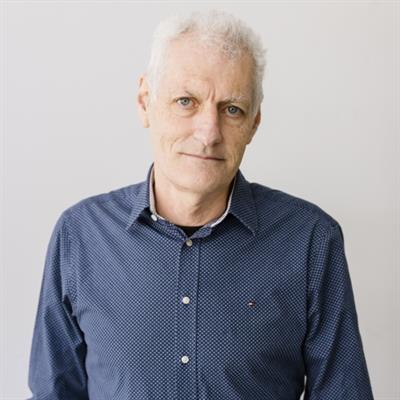
Group Leaders
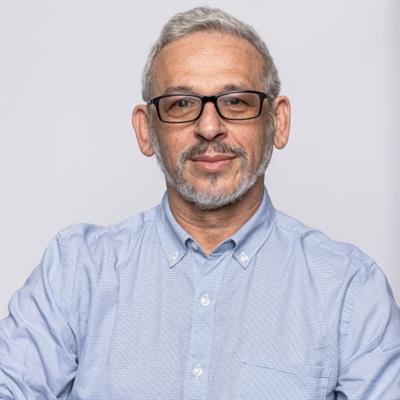
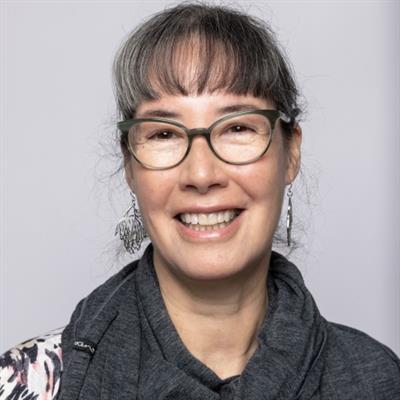
Team Leaders
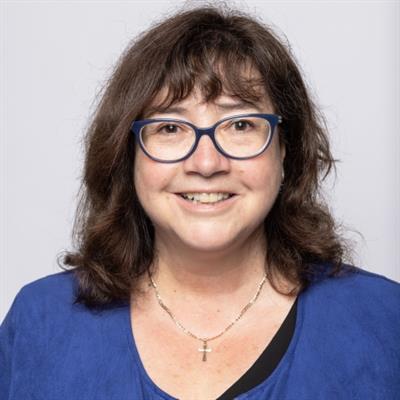
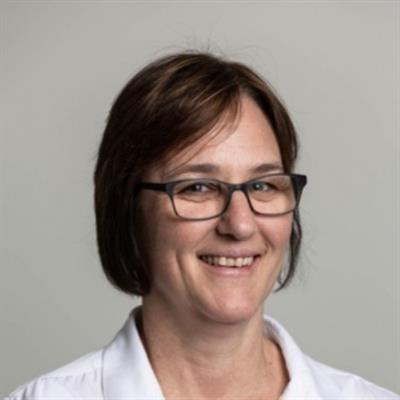
Group Members
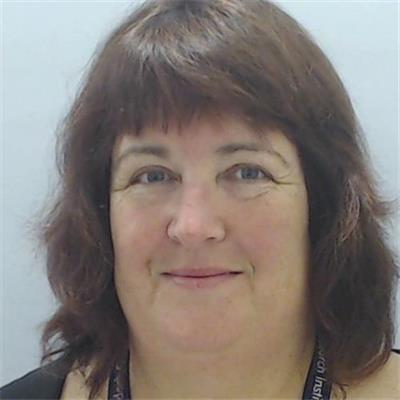

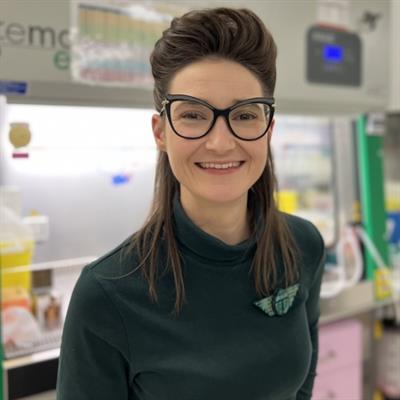
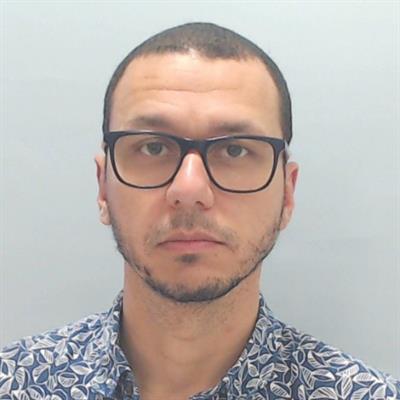
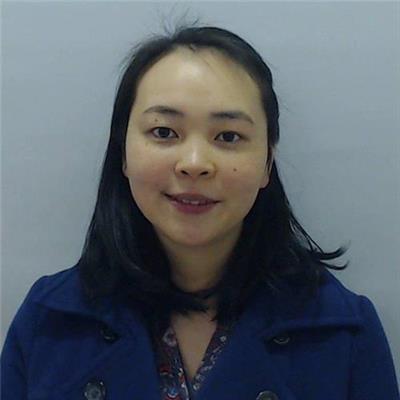
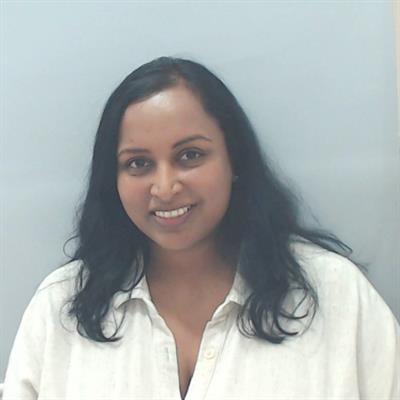
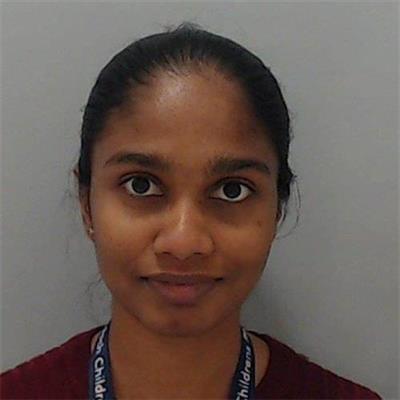
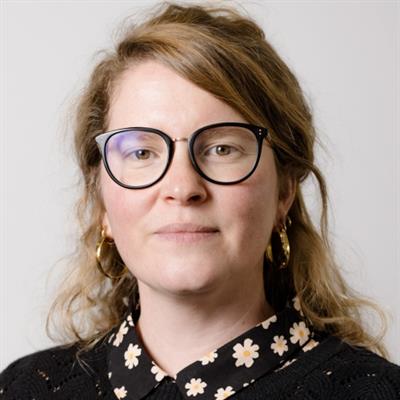
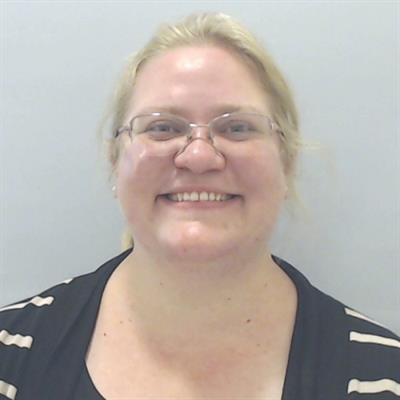
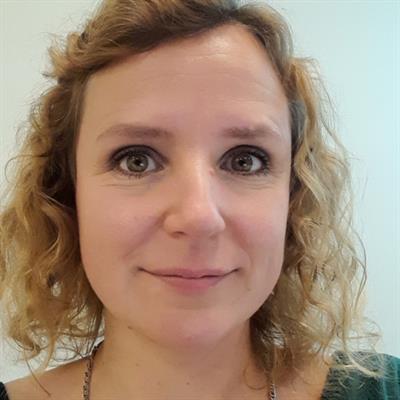



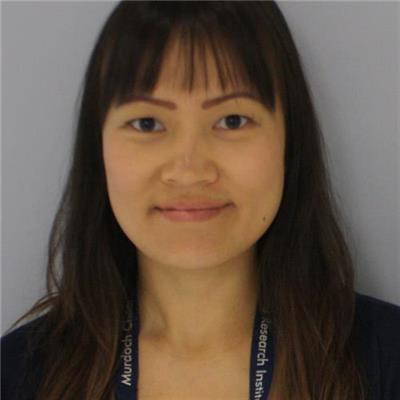
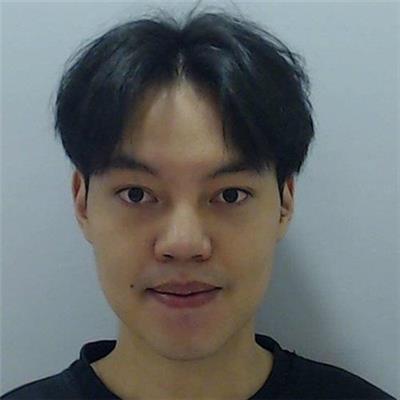
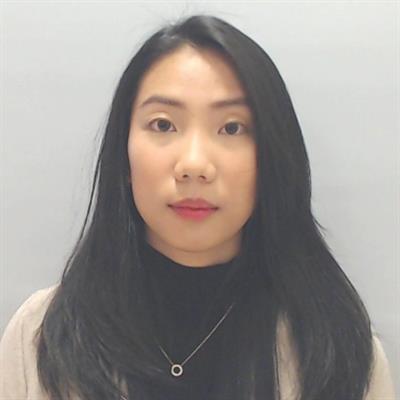

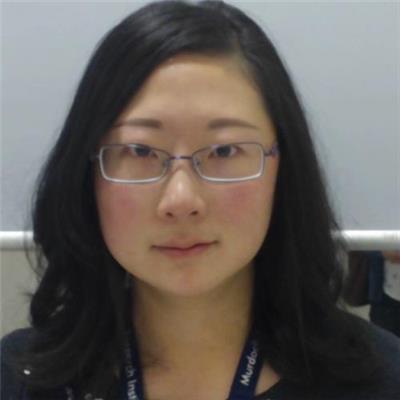

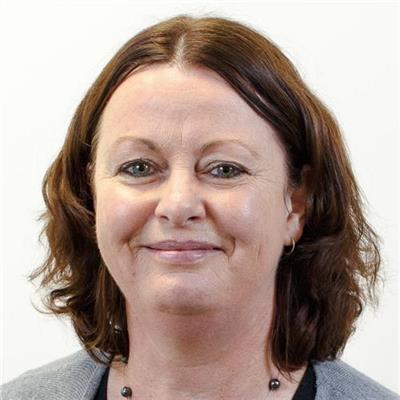

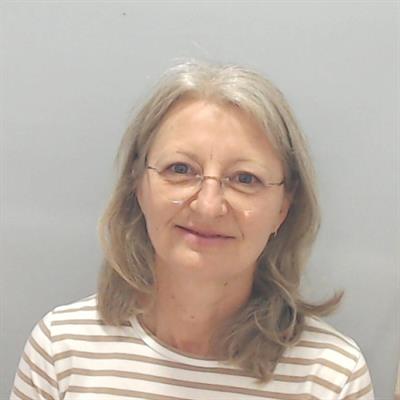
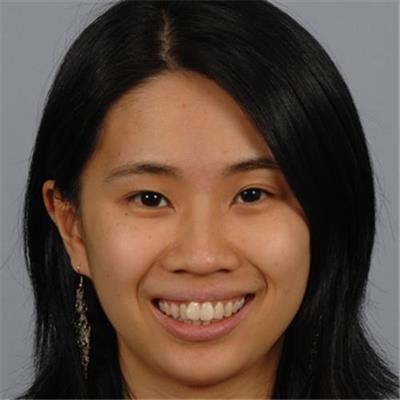

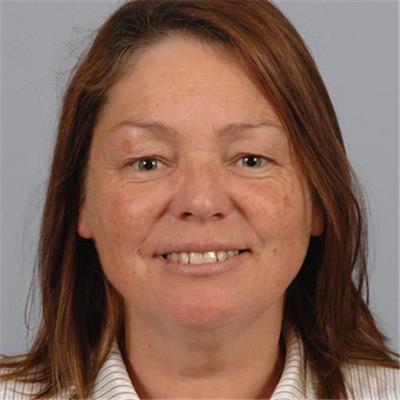
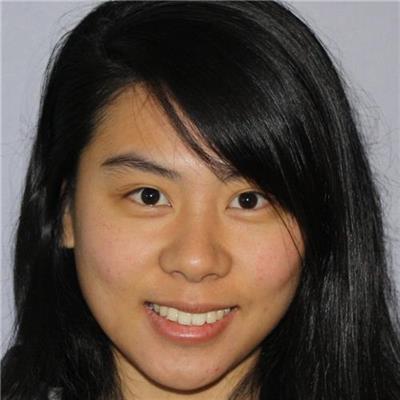
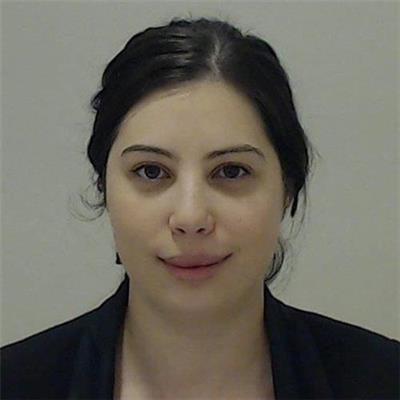
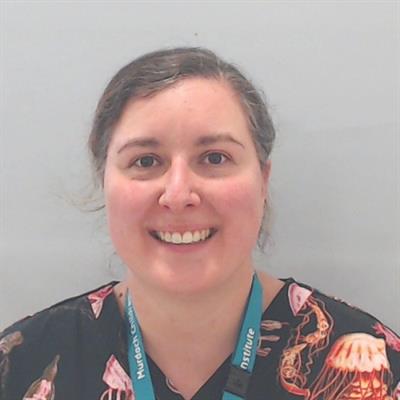

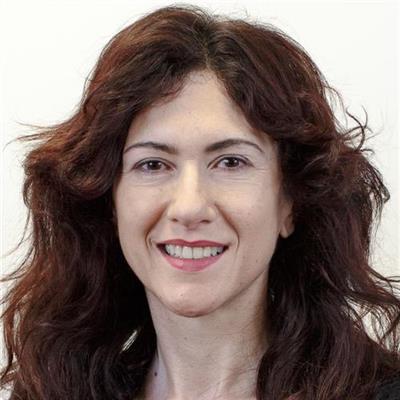
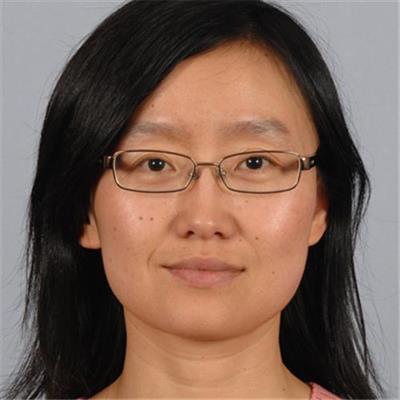
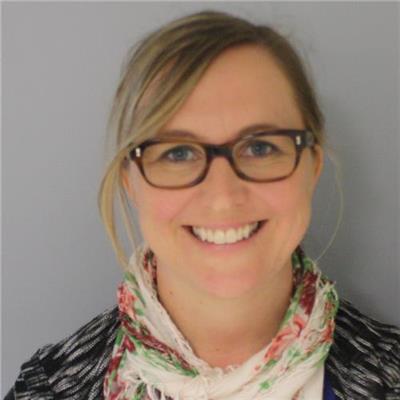
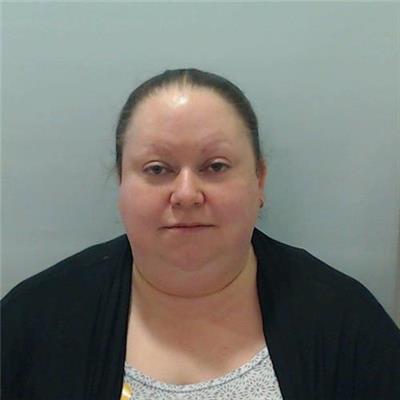


Our projects
Deciphering human blood cell development
This key research project in our lab aims to make blood stem cells (haematopoietic stem cells, or HSCs) from human pluripotent stem cells.
Lab-generated HSCs would be valuable for the treatment of leukaemia and other blood disorders and allow us to better study blood disease and develop new treatment strategies.
We are now able to make blood cells similar to those that develop in the human embryo. We continue to refine our methods to produce blood cells more efficiently and in greater numbers, that even more closely mimic those HSCs found in humans. We aim to regenerate the whole blood system from HSCs made in the lab.
Creating a ‘bone marrow niche’ in a dish
The haematopoietic stem cell (HSC) in humans is housed and maintained in the bone marrow. We are aiming to recreate the bone marrow environment in the dish, to study how HSCs interact in this setting. To do this we are making the components of the bone marrow (cartilage, bone, endothelial, stromal and blood cells) in the lab from human pluripotent stem cells (hPSCs) and combining these to build a bone marrow factory in a dish that can make blood cells.
Tissue engineering using induced pluripotent stem cells to repair articular cartilage damage
Osteoarthritis is caused by erosion of the articular cartilage surface which is critical for joint function. The current tissue regeneration approaches to treat these disorders are inadequate;
This project is evaluating human pluripotent stem cell-derived (induced pluripotent stem cells, iPSCs) high-quality living cartilage for use in cartilage repair.
Our new approach for cartilage repair uses iPSCs to generate mini-cartilage organoids, called chondronoids, in the lab. We are transplanting these cartilage tissues into rat osteochondral defects to assess cartilage repair
Modelling blood diseases
Although the treatment of childhood leukaemia and other blood disorders has improved over recent years, the outlook for children with some types of diseases is still poor.
To better understand the causes of leukaemias, immune deficiencies and bone marrow failures, we are studying these diseases by genetically engineering human pluripotent stem cells so that they carry the same mutations that are seen in the genes of children suffering from these disorders. These cells will be used to decode disease progression and identify new drugs to improve current treatment options for children.
Cartilage and bone disease development and disease modelling
The ability to generate induced pluripotent stem cells (iPSCs) from patient tissue samples and make cartilage and bone cells in the lab is one approach we are using to study genetic skeletal disorders.
Making cartilage, bone cells and tissues in the dish enables us to model skeletal disease. We have generated iPSCs with the mutations found in children with genetic cartilage and bone disorders and are using them to identify pathogenic mechanisms in cartilage and bone cells plus test drugs that could be therapeutically useful.
Cord Blood Bank: Connecting patients with lifesaving stem cell transplants
For over 25 years, the BMDI Cord Blood Bank (CBB) has played a vital role in supplying cord blood (CB) for life-saving stem cell transplants, particularly in the treatment of leukemia and other critical illnesses.
Cord blood, collected from the umbilical cord post-birth, contains blood-forming stem cells, serving as an alternative to bone marrow for stem cell transplants. CB is also a valuable source of natural killer cells, mononuclear cells, and mesenchymal stem cells, which are increasingly employed in immunotherapies and regenerative therapies.
The CBB not only provides cord blood for research projects and clinical trials but also houses the Cord Blood Advanced Therapies Research Laboratory, focused on developing a clinical-grade cord blood-derived iPSC 'Master Cell Bank' for future clinical applications.
Funding
- Novo Nordisk Foundation Center for Stem Cell Medicine, reNEW (Grant Number NNF21CC0073729)
- National Health and Medical Research Council (NHMRC)
- CSL Limited
Collaborations
Collaborations with scientists at Murdoch Children’s Research Institute:
Other collaborators
- Hanna Mikkola, University of California, Los Angeles, California, United States of America
- Constanze Bonifer, University of Birmingham, Birmingham, United Kingdom
- Chris Sturgeon, Icahn School of Medicine at Mount Sinai, New York, United States of America
- Stuart Mannering, St Vincent’s Institute of Medical Research, Melbourne, Australia
- Andrew Deans, St Vincent’s Institute of Medical Research, Melbourne, Australia
- Frank Staal, Leiden University Medical Centre, Leiden, Netherlands
- Christopher Little, University of Sydney, Australia
- Kathryn Stok, University of Melbourne, Australia
- Matt Shoulders, MIT, Cambridge, Massachusetts, United States of America
- Luke Wiseman, Scripps Research, La Jolla, California, United States of America
- Bent Brachvogel, University of Cologne, Cologne, Germany
- Natalie Sims, St Vincent’s Institute of Medical Research, Melbourne, Australia
- CSL: Global Biotechnology Company (Commercial Partner)
Featured publications
Human haematopoietic stem cell development: from the embryo to the dish. Ivanovs A, Rybtsov S, Ng ES, Stanley EG, Elefanty AG, Medvinsky A. Development 2017 Jul 1;144(13):2323-2337.
Generation of HOXA+ hemogenic vasculature from human pluripotent stem cells that resembles aorta-gonad-mesonephros. Ng ES… Stanley EG, Elefanty AG. Nature Biotechnology 34:1168-1179. 2016.
Expression of RUNX1-ETO Rapidly Alters the Chromatin Landscape and Growth of Early Human Myeloid Precursor Cells. Nafria M… Ng ES, Stanley EG, Elefanty AG, Bonifer C. Cell Reports 31, 107691, 2020.
Modeling human skeletal development using human pluripotent stem cells. Lamandé SR, Ng ES… Stanley EG, Elefanty AG, Bateman JF. PNAS 120, (19) e2211510120.
Mapping human hematopoietic stem cell ontogeny from hemogenic endothelium to birth. Calvanese V, Ng ES… Stanley EG, Elefanty AG, Schenke-Layland K, Mikkola HKA. Nature, 604, 534-540, 2022.

